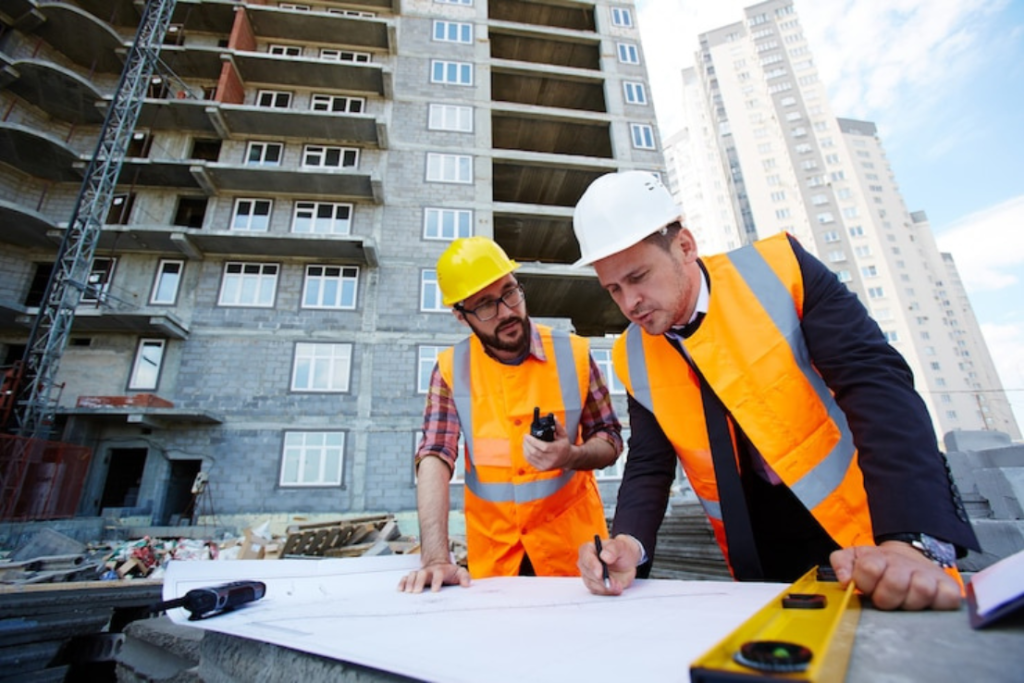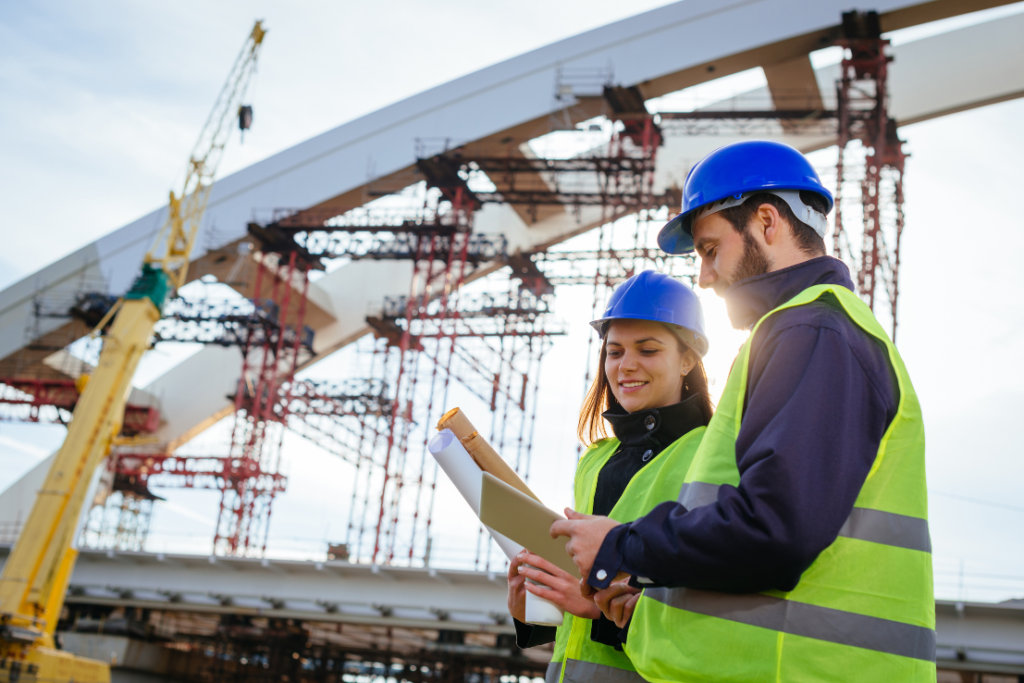Innovating Project Engineering Solutions for Tomorrow’s World.
Introduction
The world is evolving at an unprecedented pace, driven by technological advancements, climate change, urbanization, and shifting economic dynamics. In this rapidly changing landscape, civil engineering plays a crucial role in shaping sustainable, resilient, and efficient infrastructure. Project Engineering Solutions must adapt to these changes to meet future demands. This blog highlights key trends and innovations in civil project engineering, focusing on digital transformation and sustainable practices for the future.
1. Digital Transformation and Smart Technologies
The integration of digital tools like BIM, AI, and IoT is transforming Project Engineering Solutions by enhancing efficiency, accuracy, and collaboration.
-> BIM (Building Information Modeling): BIM enables 3D modeling, simulation, and real-time collaboration among stakeholders, reducing errors and optimizing resource allocation.
-> AI & Machine Learning: AI-driven analytics help in predictive maintenance, risk assessment, and optimizing construction schedules.
-> IoT & Smart Infrastructure: Sensors embedded in structures monitor structural health, traffic patterns, and environmental impacts, enabling real-time decision-making.
In the future, fully integrated digital workflows will enable AI, drones, and robotics to help engineers deliver projects faster and more accurately.
2. Sustainable and Green Engineering Solutions
With climate change posing significant challenges, sustainability is no longer optional it’s a necessity. Civil engineers must prioritize green construction, renewable energy integration, and carbon-neutral designs.
-> Green Building Materials: The use of recycled steel, carbon-neutral concrete, and self-healing materials reduces environmental impact.
-> Energy-Efficient Designs: Smart buildings with passive cooling, solar panel integration, and energy-efficient HVAC systems lower carbon footprints.
-> Water Management Solutions: Sustainable drainage systems (SuDS) and rainwater harvesting techniques mitigate flooding risks and conserve water.
Governments and corporations are increasingly mandating sustainable practices, making eco-friendly engineering a cornerstone of future projects.
3. Modular and Prefabricated Construction
Traditional construction methods are slow and labor-intensive, while modular and prefabricated approaches offer faster, more cost-effective, and sustainable solutions.
-> Off-Site Manufacturing: Components are built in factories and assembled on-site, minimizing delays due to weather or labor shortages.
-> Scalability & Flexibility: Modular designs allow for easy expansion and reconfiguration, ideal for urban housing and disaster relief structures.
As automation improves, we can expect fully automated factories producing high-quality modular units for rapid deployment.
4. Resilient Infrastructure for Climate Adaptation
Extreme weather events floods, hurricanes, and heatwaves are becoming more frequent. Future Project Engineering Solutions must incorporate resilience and adaptability into their designs.
-> Flood-Resistant Structures: Elevated buildings, permeable pavements, and flood barriers protect against rising water levels.
-> Earthquake-Proof Designs: Base isolators and damping systems enhance structural stability in seismic zones.
-> Heat-Resilient Materials: Reflective coatings and thermal-resistant materials combat urban heat islands.
Engineers must adopt a “design for disaster” approach, ensuring infrastructure can withstand and recover quickly from climatic shocks.
5. The Role of Big Data and Predictive Analytics
Data is the new oil, and civil engineering is leveraging big data analytics to optimize project planning, execution, and maintenance.
-> Predictive Maintenance: AI analyzes sensor data to predict when bridges, roads, or buildings need repairs before failures occur.
-> Traffic & Urban Planning: Data-driven insights help design smarter cities with optimized traffic flow and reduced congestion.
-> Cost & Risk Management: Historical project data improves budgeting and risk assessment for future endeavors.
As data collection becomes more sophisticated, engineers will rely on real-time analytics to make informed decisions.
6. The Rise of Autonomous Construction Equipment
Automation is transforming construction sites with self-driving bulldozers, robotic bricklayers, and AI-powered cranes.
-> Increased Safety: Robots handle hazardous tasks, reducing human exposure to risks.
-> Higher Efficiency: Autonomous machinery works 24/7 with precision, cutting project timelines.
-> Labor Shortage Solution: With skilled labor shortages, automation fills the gap without compromising quality.
In the future, we may see fully autonomous construction sites managed remotely by engineers via VR and AI interfaces.
7. Public-Private Partnerships (PPP) and Innovative Financing
Funding large-scale infrastructure projects remains a challenge. Public-private partnerships (PPP) and innovative financing models are gaining traction.
-> PPP Models: Governments collaborate with private firms to share risks and resources, accelerating project delivery.
-> Green Bonds & ESG Investing: Sustainable infrastructure attracts environmentally conscious investors.
-> Blockchain for Transparency: Smart contracts ensure fair payment distribution and reduce corruption in projects.
These models will be critical in delivering mega-projects like smart cities and high-speed rail networks.
Conclusion
The future of project engineering in civil construction is dynamic, driven by technology, sustainability, and resilience. At Savjani A&E Consultants, we believe engineers must embrace digital tools, green practices, and innovative construction methods to meet the challenges of urbanization, climate change, and resource scarcity. By utilizing artificial intelligence, Internet of Things, modular construction, and autonomous machinery, the civil engineering sector can enhance infrastructure efficiency. Savjani A&E Consultants is dedicated to continuous learning and adaptability, creating a world that is both functional and innovative. Collaboration among governments, industries, and communities is essential for creating enduring solutions, not just building structures for the future.



